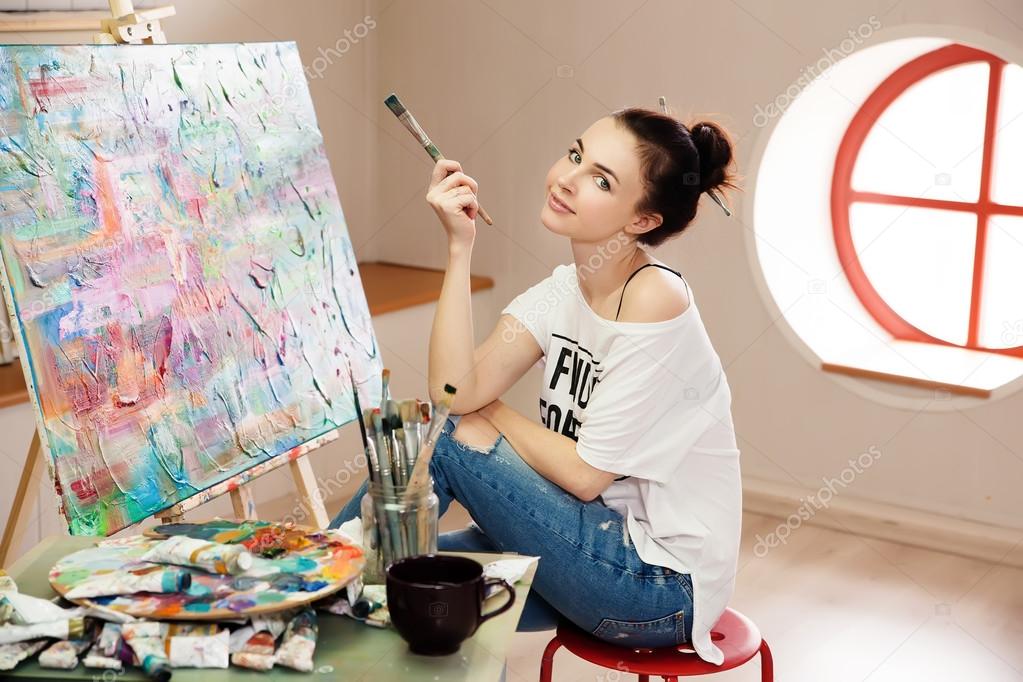Examples of Photo-Based Paintings: Exploring Creative Concepts
Understanding Photo-Based Paintings
As a professional photographer, you might have encountered the fascinating world of photo-based paintings. These creative endeavors blend the precision of photography with the expressive nuances of painting, offering a fresh perspective on visual art. By examining examples of photo-based paintings, you can gain insights into how photographs are transformed into captivating works of art.
In this article, we'll delve into the artistic processes and thought-provoking techniques that make photo-based paintings so intriguing. Whether you're looking to enhance your artistic repertoire or simply appreciate the craft, understanding these concepts will significantly enrich your photographic journey.

The World of Photo-Based Art
Photo-based paintings present a unique fusion, where photographs serve as foundational elements for artistic creation. This art form allows photographers to extend their creative vision beyond the lens, incorporating various painting techniques and styles.
You'll find a wide array of methods within photo-based art, such as digital manipulation, traditional painting on photographs, and mixed-media approaches. Each method offers distinct opportunities for creative expression, enabling photographers to reimagine reality and convey stories in extraordinary ways.
Traditional Painting Over Photos
One of the simplest yet effective techniques is painting directly onto printed photographs. Artists often use oils, acrylics, or watercolors to add dimension and texture to the photo's surface, enhancing depth and emotion. This technique blurs the line between the photograph's realism and the painter's intention, resulting in compelling visual narratives.
Many artists favor this method for its textural qualities and the tactile engagement it offers, allowing for an intimate interaction with the foundational photograph. To learn more about traditional painting techniques, explore our detailed guide on Photo-Based Painting Techniques.
Digital Artistry
Embracing technology, digital artistry represents another frontier of photo-based paintings. Here, photographs are manipulated through specialized software, offering limitless possibilities for creativity. This digital approach allows artists to layer images, play with colors, and introduce surreal elements that challenge perception.
Digital paintings often involve meticulous editing and layering to achieve intricate effects. Photographers who wish to experiment with digital artistry can find useful insights in our article, How to Paint from a Photograph.
Impact of Photo-Based Paintings on Modern Art
Photo-based paintings have exerted a significant influence on modern art. As photography and painting continue to merge, the resulting artworks offer fresh perspectives that captivate audiences. These artworks often challenge conventional boundaries, inviting viewers to ponder the relationship between reality and artistic interpretation.
Renowned artists like Chuck Close and Vija Celmins have brought photo-based art into the limelight, each employing unique techniques that highlight the versatility of this medium. The success of these artists testifies to the artistic and commercial appeal of photo-based paintings in contemporary art.
For an in-depth look at the history and evolution of this art form, our piece on the History of Photo-Based Painting offers valuable perspectives.

Practical Applications for Photographers
For photographers eager to explore photo-based paintings, the benefits extend far beyond personal development. This art form can enhance your portfolio, attract diverse clientele, and open opportunities for exhibitions and collaborations.
Integrating painting techniques into your photography practice also offers unique advantages when navigating the commercial landscape. By offering a distinctive product, you can differentiate yourself from conventional photographers.
For those concerned about artistic integrity, it's essential to approach this art form with an open mind. Some practitioners might initially perceive painting from photographs as controversial or even cheating. To understand these perspectives better, visit Is it Cheating to Paint from a Photo? for a deeper understanding.
FAQs on Photo-Based Paintings
1. What is a photo-based painting?
Photo-based paintings are artworks where a photograph serves as the foundational element for further artistic embellishment or transformation through various painting techniques.
2. Can I create photo-based paintings digitally?
Yes, digital tools and software allow for extensive manipulation of photographs, enabling the creation of unique digital paintings that merge photography and digital art techniques.
3. Are photo-based paintings considered original art?
A photo-based painting is typically regarded as an original artwork if the artist applies a significant creative process and transformation beyond the mere photograph.
For more insights and techniques on integrating photography and painting, explore the various resources outlined on our Photo-Based Painting Art Style.

